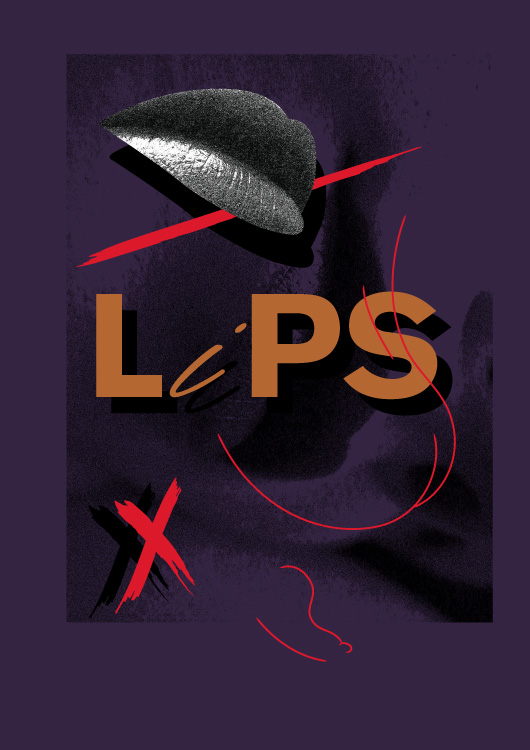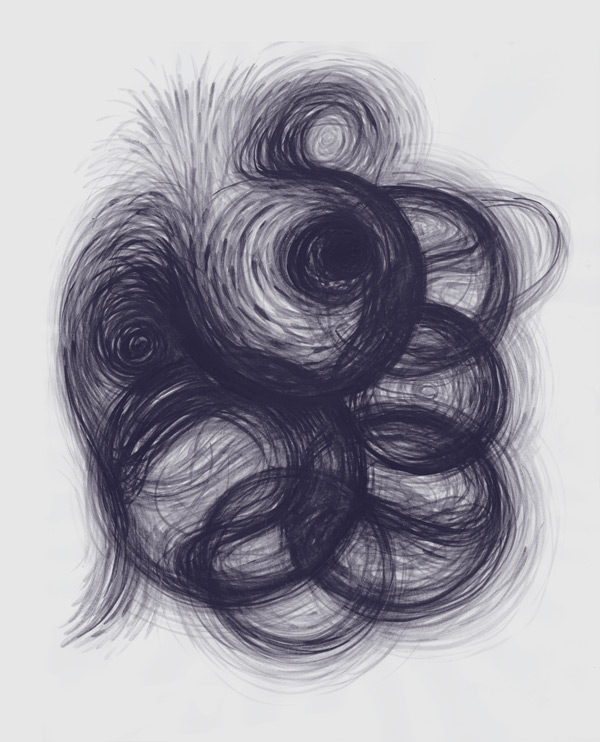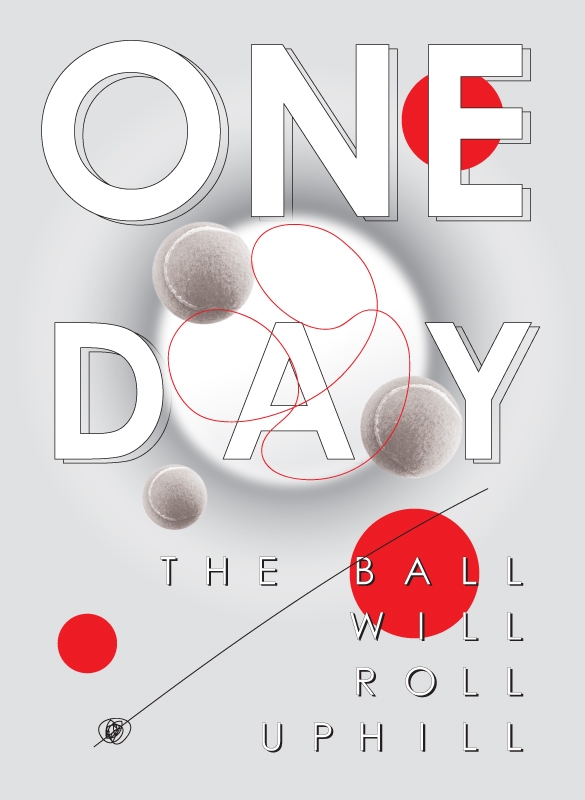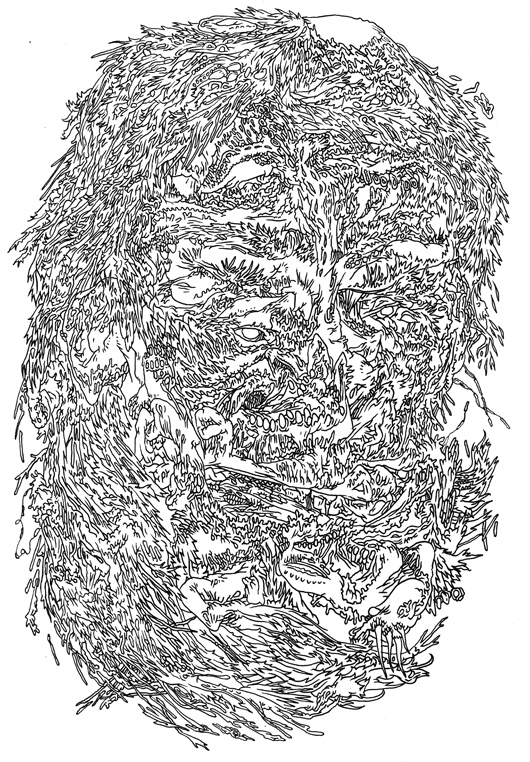I’ve been thinking about the distinction between the artistic and commercial aspects of what we do as designers. I haven’t come to any conclusions but here is what has been running through my mind.
There is occasionally the feeling, particularly in young designers (me) that more ‘commercial’ work offers less freedom of artistic expression. I suppose in some ways this is true. Corporate brand guidelines are generally more restricting, the tone more conservative and the outcomes often quickly absorbed into the everyday monotony of business and capitalism and our lives. But then, freedom isn’t a necessity for the creation art. Working within boundaries is a reality for anyone working creatively, no matter how FAR OUT you are. Art exists in provocation. An emotional shift caused by a composed number of elements within a boundary. These element might include the constraints of medium, colour, social class, budget, human perception, etc. and designers are communicating within these realities every day.
Design’s link to commerce is our artistic advantage.
Maybe it’s the fact that our work is directed by an outsider (a client) with their own set of goals and expectations as a customer that limits our artistic ownership. But most art is for sale and it’s value is determined within a commercial market of it’s own with the big players mostly linked to big corporations. Successful Art communicates truthfully whether someone pays for it or not. The value of design work is based on time and labour, but also creative or aesthetic expertise, which basically amounts to artistic skill. The fact that we are being paid for the outcomes of our art should mean that our art is more effective (has a greater effect).
I suppose you could think “But – being a designer is more than being artistic. There is marketing strategy, awareness of business, quoting etc” and you might be right. What frustrates me is that with clients, designers struggle to interact comfortably (at least in the majority of circumstances) as an artist. An artistic vocabulary can almost sound embarrassing, but it is these exact qualities – emotional, cryptic, abstract – that they are most importantly engaging graphic design services. It’s as though art is what we do alone, almost secretly in our studios – where graphic design is like a wall of financial assurity and sensible creative pragmatism.
I am of course speaking from the perspective of a designer working in Sydney, and maybe it is different elsewhere.



